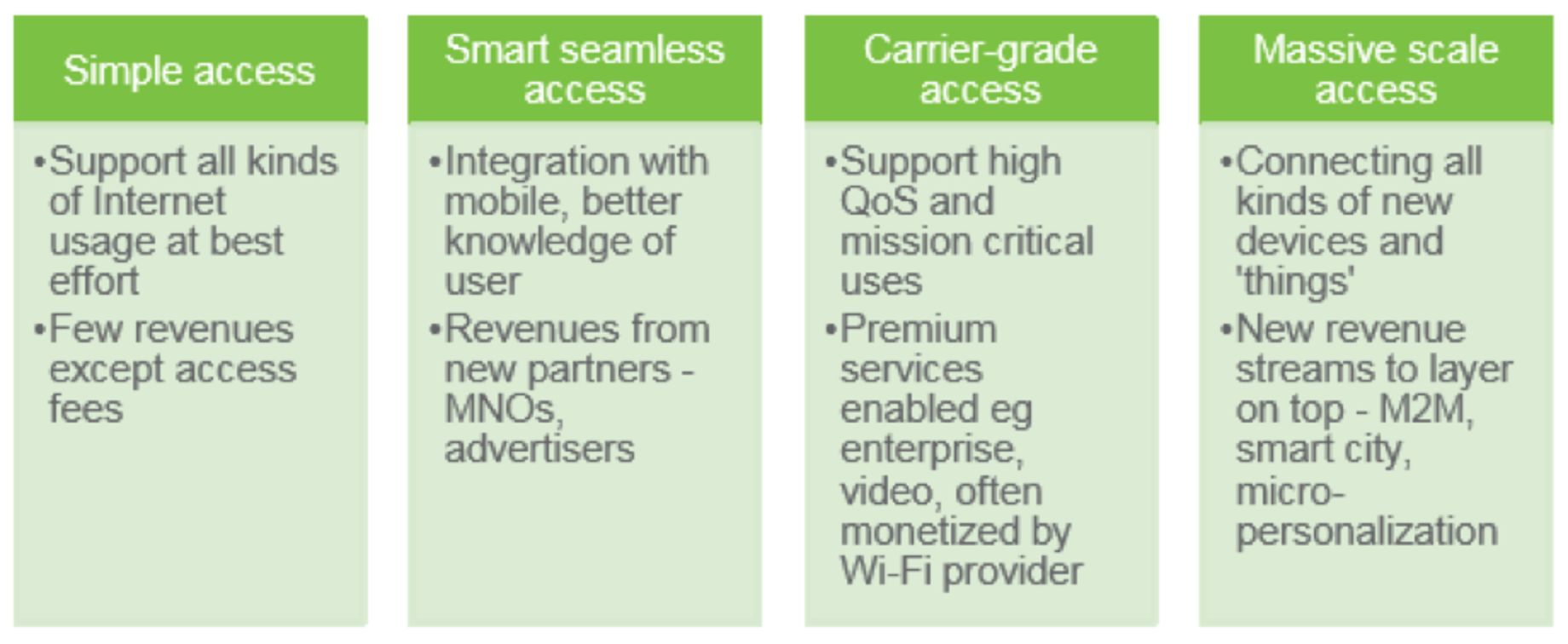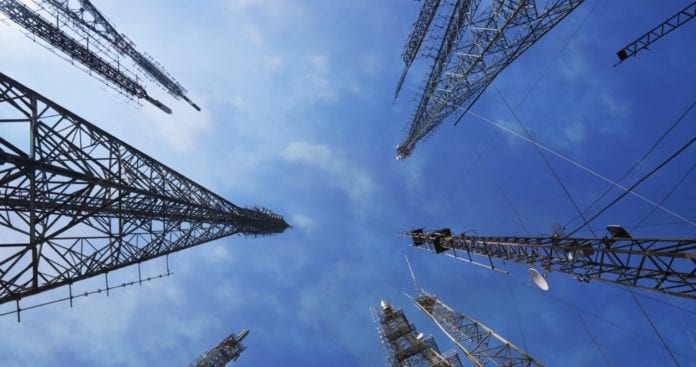The introduction set out a picture of the wireless world, in which many types of spectrum and networks increasingly work together to create a seamless pool of capacity for service providers, enterprises and consumers to use. That may still be a dream, but important steps are being taken in that direction with Wi-Fi playing a significant role in these heterogeneous network plans.
In a study conducted by Rethink Technology Research in 2016, it was found that more than two-thirds of mobile operators, over half of mobile operators and almost half of pure-play “internet of things” providers expect to be using at least two – and often three or four – different wireless technologies to deliver services by 2020. While the cellular solutions clearly remain the preserve of spectrum owners, unlicensed options will be widely adopted and combined. In Wi-Fi’s case, two-thirds of pure-play IoT operators expect to have the Wi-Fi Alliance’s HaLow standard and/or local area Wi-Fi in their IoT hetnet, while 78% of mobile operators plan to do the same.
These increasingly heterogeneous networks will not only be justified by cost efficiencies, as important factors such as spectrum usage and capacity will remain. More significantly, hetnets must enable operators to support new revenue streams and business cases, directly or with partners. IoT is clearly an area with particularly high potential to deliver new services and revenues.
However, precise timescales and return on investment models for some IoT applications remain uncertain and most providers, apart from pure-play machine-to-machine companies, will aim for a staged approach. They will first use improvements to their networks and platforms to enhance their traditional business cases in areas like broadband access and voice; to add incremental services to existing customer bases such as enterprises; and then to reach out into entirely new markets.
These four stages are summarized in the figure below, and are driven by the four stages of evolution of Wi-Fi and unlicensed spectrum technologies, from best effort, to intelligent and integrated, to carrier-grade, to massive in terms of capacity, coverage and connections.

These issues and many others are addressed in a new report from the Wireless Broadband Alliance titled “The unlicensed road to 5G.” The report is available for download here.
Editor’s Note: Welcome to Analyst Angle. We’ve collected a group of the industry’s leading analysts to give their outlook on the hot topics in the wireless industry.

